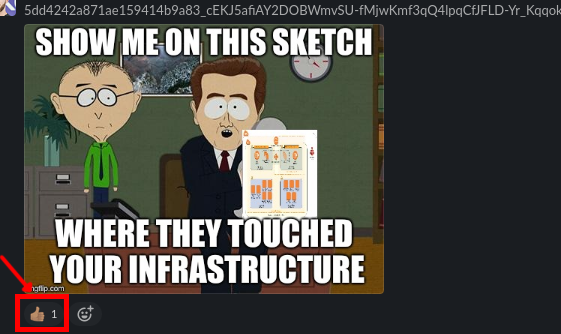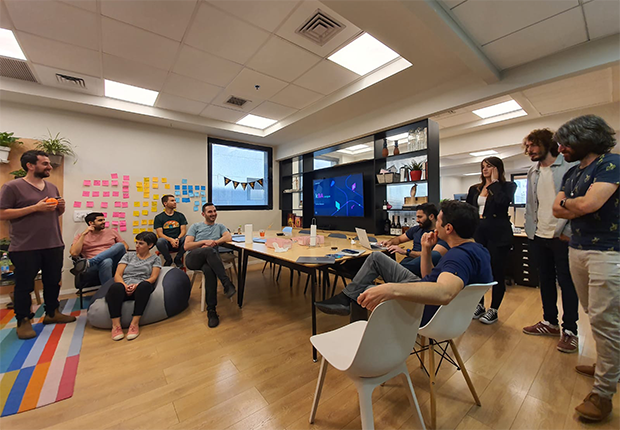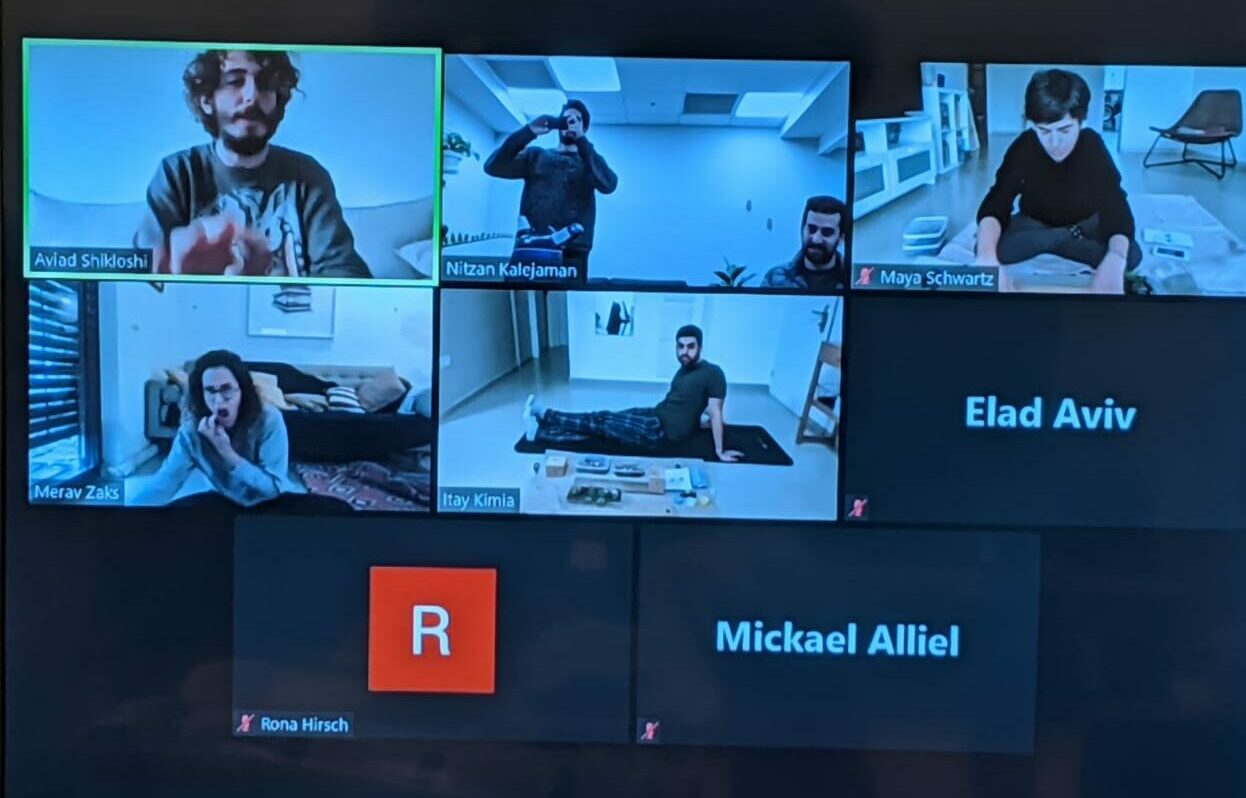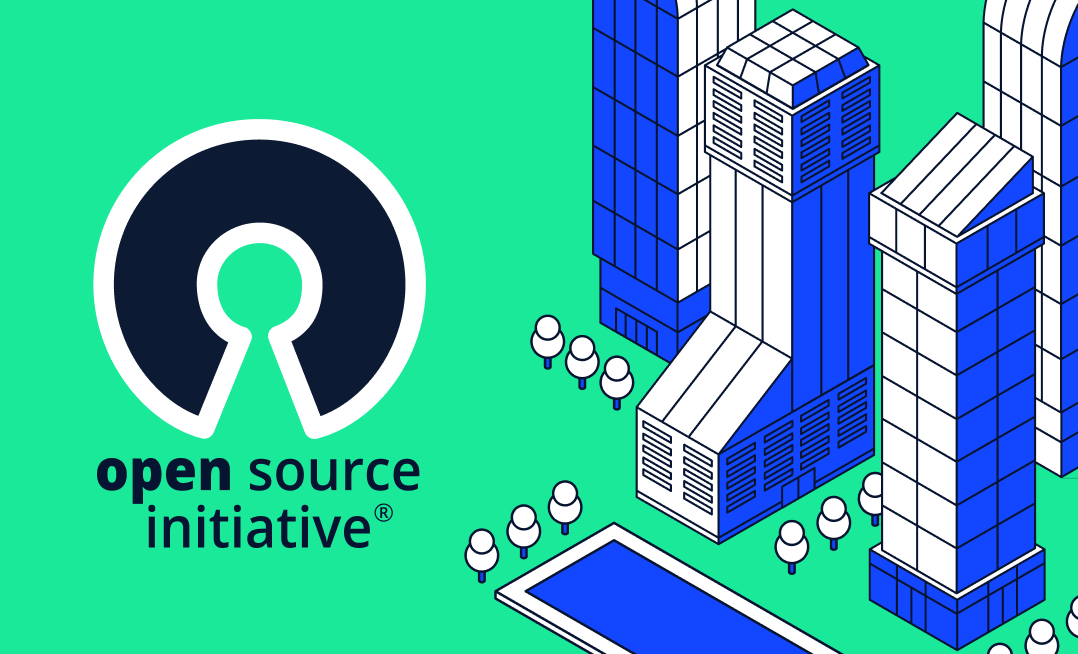As many organizations gradually return to semi-normalcy, and start working from their offices again, it’s worth taking a look back at how the pandemic has changed work culture for the better.
With this in mind, I wanted to discuss 5 ways in which I think everyone should implement the lessons of work-from-home into their standard office routine.
Out-of-Office from the Get-Go
Thinking back, it’s interesting to see just how much of the the R&D culture here at Komodor was shaped by Covid-19, since startup’s inception coincided with the virus’ outbreak. When the pandemic hit we didn’t have any long standing tested and proven processes and methodologies in place. And so, we had to adjust to working remotely on-the-fly, shaping the workflows as we went along.
My greatest concern, at the time, was that without deep-rooted work relations with my teammates, working from home will lead to breakdowns in communication. Moreover, knowing my own sarcastic nature and sense of humor, Poe’s Law was a cause concern…

Another concern was working on a task-by-task basis without the understanding of the context, as I was floating away from the “mothership” in my small “home capsule”.
Speaking as a developer, being too far away from the business side of things can be extremely discouraging. For instance, I’m not sure that many understand how demoralizing it can be for dev teams to “blindly” write code, without getting the benefit of customer feedback or ongoing updates about the impact they are making within the business.
Despite my initial concerns, however, working remotely proved to be beneficial on all fronts. A lot has been written already about ‘reclaiming your time’ and ‘applying self-care’, so I won’t talk about that here. Instead, I wish to focus on the benefits for the team, and get into my own quarantine-induced houseplant obsession some other time.
How We Built a WFH Culture
Maintaining friendships and strengthening the social bond were key components in the success of our Covid-shape WFH experiment.
At first, we used Pragli, to simulate the office environment and pretend nothing had changed. Afterwards we shifted to a more standard WFH routine but also scheduled a shared daily Zoom coffee break, and met virtually every day at 4pm for some not-work-related banter.
We’ve also created a tradition of ‘Ktalks’ (short for Komodor Talks); a weekly hour in which a different team member would prepare some activity for the others. That way we didn’t just enjoy a fun time, but we also got a chance to learn more about each other’s hobbies and passions outside of work, get a glimpse into their homes and meet their spouses and pets.
We’ve had Ktalks on a wide range of subjects, from baking sessions, to pilates to (even) Chinese calligraphy and every time we learned something new about each other.

Another valuable lesson from the WFH days was to learn to be mindful of each other’s time. By observing Slack ‘Away’ messages and ‘Busy’ time slots in our teammates’ calendars, we learned to respect our peers’ private time, be it a lunch break or a yoga-retreat. With time, we learned each other’s on and off-work routines and, by doing so, created a culture of mutual understanding that extended past everything I’ve experienced in my previous day jobs.
One other thing that I noticed is that working remotely also compelled us to streamline processes and improve documentation.
It is of course vital, in every scenario, for a dev team to keep quality records of every single iteration. However, it is also very easy to lose track of the ‘boring’ backlog when your team is plowing ahead with great speed.
For a newly-formed team like us, working remotely, doing away with documentation simply wasn’t an option. We had to optimize every measure, reduce friction to a minimum, and keep zealous records and annotations every step of the way. All of which really paid off when we transitioned back to the office.
This imperative for concise and clear communication also improved the flow of our stand-ups and daily scrums. Presenting my work over Zoom, was actually a good practice in getting a message across effectively.
What it all comes down to, in the end, is that being far from each other physically forced us to communicate better and more often. And so working from home did the opposite of expected and actually boosted efficiency by literally forcing us more in-sync and aligned.
5 Ways to Improve Remote Collaboration
Sounds like the past year was all fun and games, but I assure you that there was nothing easy about it. My intention wasn’t to portray the lockdowns as fun, but rather to illustrate how the compulsions of working remotely dramatically augmented our team and R&D culture, beyond the lockdown period.
Coming out of this experience, I wanted to share the 5 ways in which your team can also mitigate the gaps created by working remotely, and come out stronger and better on the other side. Here goes:
1. Encourage broad communication – share as much as you can in public channels. Individual communications are useful, but it’s only by communicating with the entire team that you are building culture and broader mutual understanding. This also has the side benefit of promoting transparency and accountability.
2. Verify and echo – let others know that you understood their point and reiterate what you think you heards, to make sure that you are on the same page. Same goes for giving instructions, make sure that others heard exactly what you wanted them to hear and don’t be afraid to repeat yourself.
3. Perfect stand ups / team meetings – create a meeting format that will promote clear and conscious communication but also allow everyone to speak freely and encourage questions. A good stand up is a balance act between fast information exchange and clear communications, shoot for both at the same time.
4. Pair up! – working in pairs proved to be an effective way of building interpersonal relationships and pushing each other during the task.
5. Approach tasks holistically – promote bottom-up understanding of each task, encourage the team to talk about milestones, user experience and success metrics, before diving into functional definitions.Help your devs look beyond the code and see the whole picture and create alignment from the start to avoid friction down-the-road.
Bonus #6: establishing small ‘traditions’ and unique routines is how you lay down the foundation for your team’s culture. It can be a shared coffee break, a weekly presentation, a joined zoom-broadcasted lunch-time or even a silent understanding that Slack ‘Away’ message is not an invitation to start chatting… Anything and everything can become a great culture building exercise that strengthens the sense of a collective working together towards a shared goal.



